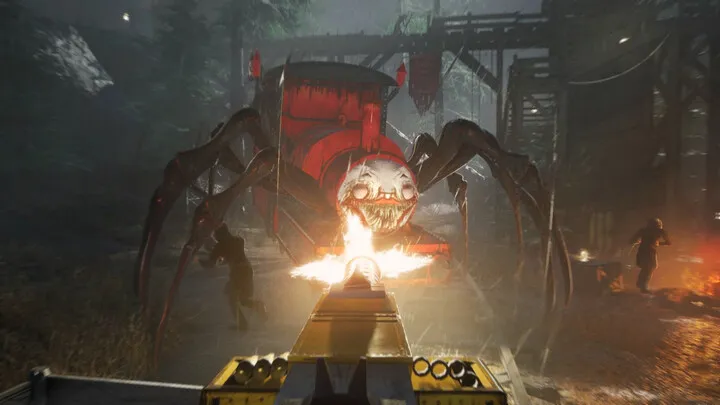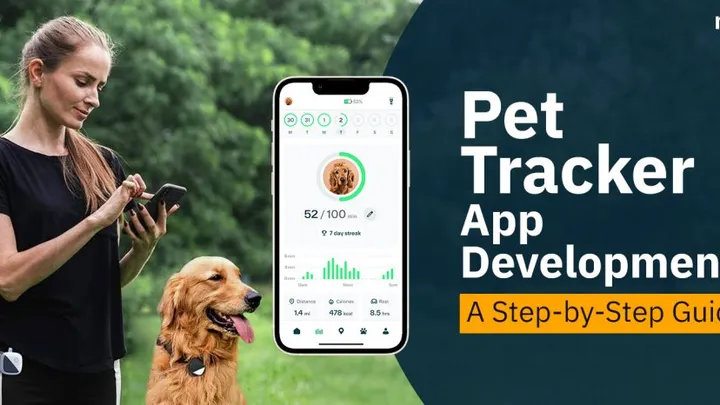Introduction
Since its reveal, 2XKO has captured attention as Riot Games’ ambitious entry into the fighting-game genre, built around the champions and lore of League of Legends. Originally codenamed Project L, 2XKO transforms LoL’s universe into a 2-versus-2 tag-team fighting game, featuring fast-paced combat, assists, and deep combo mechanics.
In this game, players choose two champions — a Point (the active fighter) and an Assist (the support partner). Together, they must coordinate attacks, switches, and supers to dominate the battlefield. The system rewards creativity, timing, and mastery of team synergy.
This guide will take you through every stage of your 2XKO journey — from basic controls and champion selection to advanced tag strategies and competitive preparation. Whether you’re brand-new to fighting games or a long-time League fan, these tips will help you climb from novice to champion.
1. Getting Started: Access, Setup, and First Steps
When 2XKO transitions from its closed beta to full release, the first step is simple — get into the game. You’ll be able to access it through Riot’s client, much like Valorant or LoL itself.
Once you’ve installed it, the Training Mode should be your very first stop. This mode allows you to learn your champions’ movesets, test combo timing, and explore how tag mechanics work. Understanding how assists interact with your main fighter is key to unlocking 2XKO’s depth.
Next, spend a few minutes on controller configuration. Fighting games demand precision, and having comfortable inputs makes a huge difference. Map your Assist, Tag, and Super buttons to easily reachable keys or triggers. Consistent input timing will improve both your defense and combo execution.
2. Understanding the Core Mechanics: Point, Assist, and Tag
Point vs. Assist Roles
Your Point champion is the one you control directly, responsible for most attacks and movement. Your Assist champion, meanwhile, provides support through special moves you can call out mid-battle. Switching between them fluidly is vital for both offense and defense.
Tag System and Handshake Mechanics
2XKO’s tag system allows dynamic swaps between your two fighters. You can perform a “Handshake Tag,” which lets your partner enter mid-combo — extending your string and creating new possibilities. Timing this correctly can chain light attacks into devastating finishers.
Some teams focus on pressure setups — where you call your assist to lock the opponent while tagging in — while others prefer defensive swaps that let your weaker character recover health.
Building Energy and Momentum
Every hit, parry, or block contributes to your energy bar, which fuels your supers and special team attacks. Managing this resource is key: spend too early and you lose finishing potential; hoard too long and you waste opportunities.
3. Champion Selection and Team Synergy
Finding Your Main
Choosing your first champion should reflect your playstyle. If you prefer aggressive rushdown, try Ahri or Yasuo. For zoning and control, Jinx or Darius offer strong space management. Each champion’s kit has been adapted from LoL to suit fighting-game mechanics.
Building the Perfect Duo
The magic of 2XKO lies in its synergy. Every champion pair has potential — but only if their abilities complement each other. For instance:
- Ahri + Ekko offers excellent combo extension and time manipulation.
- Darius + Illaoi delivers heavy pressure with high damage and range.
- Yasuo + Katarina rewards aggressive, fast-paced tag play.
When picking your team, consider:
- Combo compatibility
- Assist utility
- Defensive options
- Meter gain efficiency
Experimentation is part of the fun — and you’ll often discover creative combos that the developers didn’t intend.
4. Learning Movement and Spacing
Fighting games are as much about where you move as when you attack. In 2XKO, good spacing decides whether your combo lands or you get punished.
Movement Techniques
You have several movement options: dash, jump, air dash, and super jump. Practice chaining movement and normal attacks together. Canceling a dash into an attack — known as “dash cancel” — helps you close gaps quickly and maintain pressure.
The Importance of Neutral
“Neutral” is the phase where neither player has an advantage. Controlling space with safe pokes, assists, or projectiles forces your opponent into predictable responses. Players who master neutral often dominate matches before a combo even begins.
Defensive Movement
Backdashing or using assists defensively can reset neutral. Use spacing to bait your opponent into whiffing — then counterattack for massive punishment.
5. Combos, Timing, and Execution
The Basics of Combo Structure
Combos in 2XKO generally follow a rhythm:
- Light attacks to open
- Mediums for follow-up
- Specials to extend
- Supers or Tag finishers to close
Use Training Mode’s hit data display to see what connects reliably. Once you’ve built a stable 4–6 hit string, integrate your assist for higher damage.
Advanced Combo Techniques
Intermediate players learn tag extensions and air conversions — switching mid-combo for extended sequences. Practice handshakes to keep combos alive, and time supers at the end to maximize burst damage.
Managing Drops
If your combo frequently “drops” (misses its final hit), slow down slightly or check your positioning. Many combos only connect in the corner or at specific distances.
6. The Art of Defense: Blocking, Parrying, and Countering
A great offense means nothing without defense. 2XKO gives you multiple ways to protect yourself.
Blocking
Hold back to block mid/high attacks, and down-back to block lows. Some attacks, however, are unblockable or have guard breaks — learn to recognize them.
Parrying and Pushback
You can parry by pressing a defense input at the moment of impact. This not only negates damage but also restores energy and creates openings. Pushblock (pressing multiple buttons while blocking) pushes your opponent away, giving breathing room.
Escaping Pressure
Use your Assist defensively to interrupt combos or reset distance. Mastering this technique can turn a losing position into an offensive opportunity.
7. Mastering Assists and Team Coordination
Offensive Assist Calls
Offensive assists help you maintain pressure. For instance, calling in Ekko during Ahri’s combo keeps your opponent locked down. Always consider how your assist’s cooldown impacts your next move.
Defensive and Supportive Assists
Some assists offer shields or knockbacks, ideal for counterplay. Switching out right after using a defensive assist is a safe way to recover your primary fighter’s health.
Team Super Attacks
At full meter, you can execute Team Supers, where both champions combine for a cinematic finisher. These are excellent punish tools but should be used strategically to avoid wasting meter.
8. Practice Routine and Skill Progression
Improvement in 2XKO comes from structured practice, not random play.
Daily Training
Spend 10–15 minutes in Training Mode before every session. Focus each day on one concept — such as combo timing, tag transitions, or movement spacing. Repetition builds muscle memory.
Analyzing Replays
Use replay mode to identify mistakes. Pay attention to:
- Missed punish opportunities
- Unsafe jump-ins
- Poor spacing decisions
- Overuse of assists
Setting Goals
Set measurable goals: “I’ll land my bread-and-butter combo five times in a row,” or “I’ll play ten ranked matches focusing on defense.” Small goals create consistent growth.
9. Climbing Ranked and Reading Opponents
Once you’re confident in your fundamentals, it’s time to test yourself online.
Understanding Matchups
Every champion has strengths and weaknesses. Learning how your team fares against others helps you choose better strategies. If you struggle against zoning teams like Jinx + Ekko, practice gap-closing techniques and assist counters.
Mind Games and Conditioning
High-level 2XKO is a psychological duel. Use conditioning — repeating patterns to bait specific reactions, then breaking those patterns to punish. For example, if your opponent always blocks after your first assist call, grab them next time.
Adapting Mid-Match
Winning players adapt quickly. Between rounds, analyze what’s hitting or missing. Switch tactics fast — even subtle changes in rhythm can disrupt your opponent’s timing.
10. Preparing for Competitive Play
Tournament Readiness
If you aim to compete, familiarize yourself with tournament rules and stage selections. Many local and online communities host 2XKO brackets, often using standard 2/3 match formats.
Mindset and Focus
Competitive play is as mental as it is mechanical. Stay calm, trust your training, and don’t chase comebacks recklessly. Learn from each loss rather than getting discouraged.
Community and Learning Resources
Join online communities — Discords, Reddit, or official Riot forums. Watch pro players’ matches and tutorials. Observing how top players use tags and assists can unlock new perspectives on your own gameplay.
Conclusion
2XKO blends the heart of League of Legends with the mechanical depth of top-tier fighting games. Success here isn’t just about fast reactions; it’s about strategy, adaptability, and teamwork. Every match teaches new lessons — whether you’re refining your assist calls, mastering parries, or exploring creative combos.
Take your time learning the fundamentals, stay consistent with practice, and don’t be afraid to experiment with champion pairings. 2XKO’s flexible tag system means that innovation is rewarded as much as precision.
If you stick with it, you’ll find that each victory feels earned — not through luck, but through genuine mastery of a system that celebrates skill, creativity, and the thrill of the fight.

















